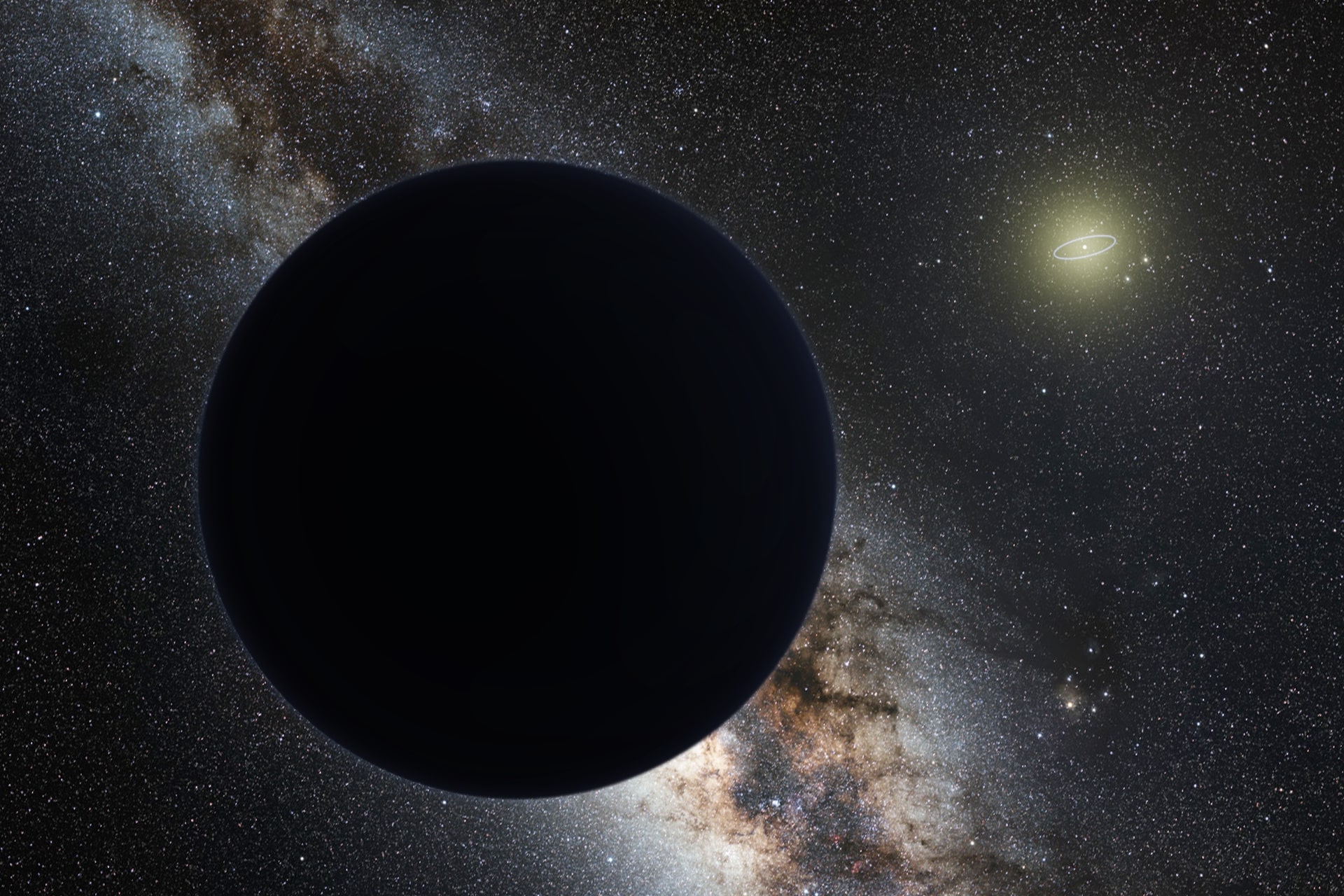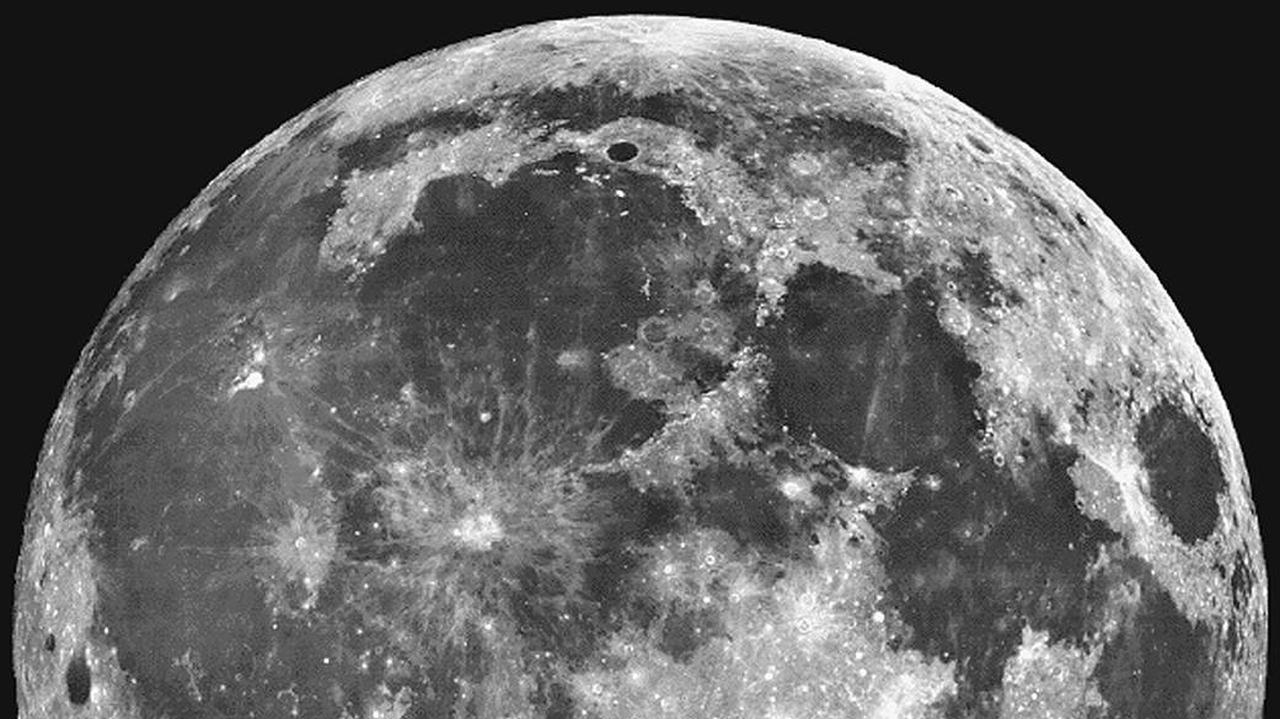An old Russian engine has exploded in orbit, causing more space debris. Only now was the incident reported in mid-April. The object that exploded was the Ullage engine from a space locomotive.
The orbital assembly will launch not one, but two space tourists
The first one in three years! The American company revealed new information about the space hotel that orbits the Earth. According to previous…
see more
The event was reported by the US 18th Space Defense Squadron via Twitter. According to the published information, the object, categorized as #32398, broke up on April 15th. The squadron added that sixteen space debris that arose after this event are currently being tracked.
According to journalist and author of RussianSpaceWeb.com – Anatoly Zak – the object in question was the Ullage engine from a space tug that helped launch three Russian GLONASS satellites in 2007, That is, the satellites that support the Russian satellite navigation system that covers the entire globe.
#18SDS Confirmed disintegration of SL-12 R/B (#32398, 2007-065F), which occurred on April 15, 2022. Tracking of 16 linked pieces – analysis continues. #space debris Tweet embed Tweet embed Tweet embed
18th Space Defense Squadron (@18thSDS) May 3, 2022
According to astrophysicist Jonathan McDowell, of the Harvard-Smithsonian Center for Astrophysics, the GLONASS satellites were launched into orbit by a Russian Proton rocket, which in the upper stage had two small auxiliary engines.
SOZ engines do not consume all fuel at takeoff. And they have an unfortunate tendency to explode years or decades later, leaving debris in a very elliptical orbitMcDowell explained on Twitter.
So far at least 54 engines have exploded.
SOZ engines do not consume all of their propellant when fired. And they have an unfortunate tendency to go on exploding years or decades later, leaving a collection of debris in a very elliptical orbit. At least 54 SOZ engines have now exploded.
– Jonathan McDowell (@planet4589) May 3, 2022
The European Space Agency (ESA) estimates that about 36,000. Space debris with a diameter of at least 10 cm and about one million objects between 1 and 10 cm in diameter are currently orbiting the Earth.
A typical spent thruster ( ) exploded into orbit on April 15, scattering at least 16 debris. The body was part of a space tug that delivered 3 GLONASS navigation satellites during the second of two such launches in 2007: https://t.co/dTpJTs1haR https://t.co/XrWcCudUpy pic.twitter.com/ZEV0xMuYjY
– Anatoly Zak (@RussianSpaceWeb) May 3, 2022
source:
space, spider
#Rocket
#cosmos
# revolve in orbit
#Explosion

Echo Richards embodies a personality that is a delightful contradiction: a humble musicaholic who never brags about her expansive knowledge of both classic and contemporary tunes. Infuriatingly modest, one would never know from a mere conversation how deeply entrenched she is in the world of music. This passion seamlessly translates into her problem-solving skills, with Echo often drawing inspiration from melodies and rhythms. A voracious reader, she dives deep into literature, using stories to influence her own hardcore writing. Her spirited advocacy for alcohol isn’t about mere indulgence, but about celebrating life’s poignant moments.










